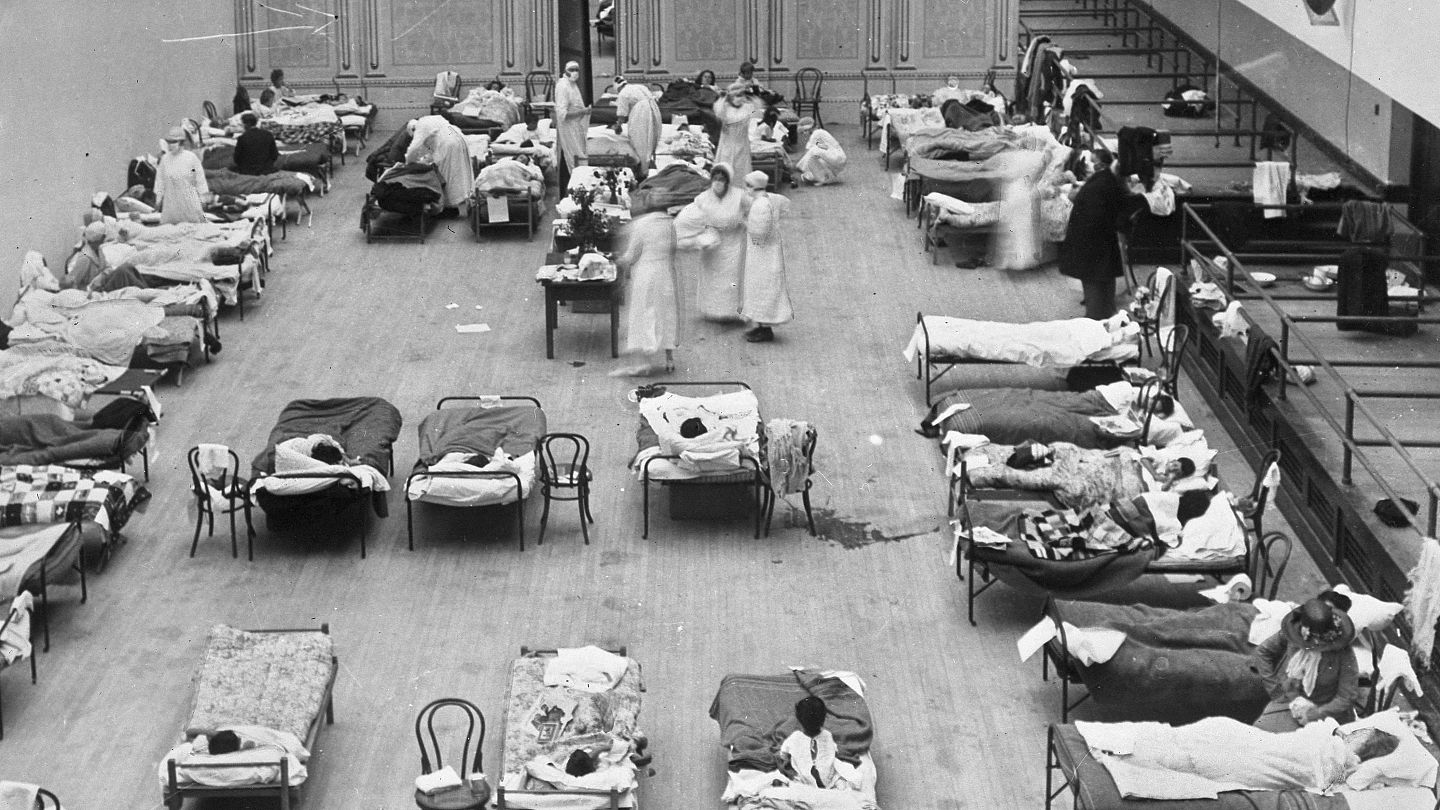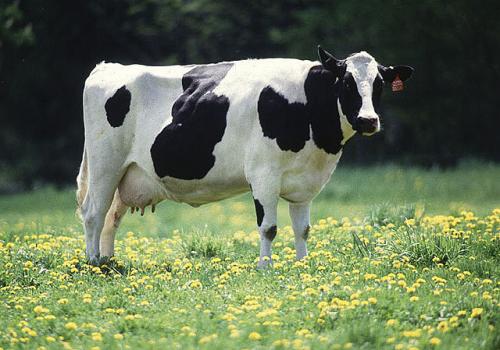Outbreaks occurred in every inhabited part of the world including islands in the South Pacific. In the United States it was first identified in military personnel in spring 1918.
 How Did The Spanish Flu Pandemic End And What Lessons Can We Learn From A Century Ago Euronews
How Did The Spanish Flu Pandemic End And What Lessons Can We Learn From A Century Ago Euronews
In fall of 1918 the United States experiences a severe shortages of professional nurses because of the deployment of large numbers of nurses to military camps in the United States and abroad and the failure to use trained African American nurses.

Was the spanish flu a pandemic. The 1918 flu pandemic virus kills an estimated 195000 Americans during October alone. It was caused by an H1N1 virus with genes of avian origin. Between 08 164800 and 31 638000 of those infected died from influenza or pneumonia secondary to it.
The 1918 influenza pandemic was the most severe pandemic in recent history. But the term is actually a misnomer and points to a key fact. Two decades before the Spanish flu the Russian flu pandemic 1889-1894 is believed to have killed 1 million people.
Spanish flu as the infection was dubbed hit different age-groups displaying a so-called W-trend typically with two spikes in children and the elderly. Although there is not universal consensus regarding where the virus originated it spread worldwide during 1918-1919. 12 Estimates for the death toll of the Asian Flu 1957-1958 vary between 15 and 4 million.
The Spanish flu was the most severe pandemic of the 20th century and in terms of total numbers of deaths among the most devastating in human history. Since the early days of the COVID-19 pandemic comparisons have been drawn with previous pandemics most often the H1N1 influenza pandemic of 1918 known as Spanish flu. The Spanish flu pandemic was the largest but not the only large recent influenza pandemic.
The virus hit in three waves with the second during the fall of 1918 specifically. The Spanish Flu of 1918 and How It Changed the World. Science journalist Laura Spinney studied the pandemic for her 2018 book Pale Rider.
Spanish flu has been used to describe the flu pandemic of 1918 and 1919 and the name suggests the outbreak started in Spain. The world was nearing the end of the first world war causing the pandemic to spread fastest among the soldiers who lived in close quarters. The Spanish Flu of 1918 was one of the worst pandemics in history eventually killing 50 million people worldwide.
One hundred years ago a world recovering from a global war that had killed some 20 million people suddenly had to contend with something even more deadly. Young old sick and otherwise-healthy people all became infected and. During the three waves of the Spanish Influenza pandemic between spring 1918 and spring 1919 about 200 of every 1000 people contracted influenza about 206 million.
There are many parallels between the two pandemics. Like COVID-19 the 1918. The 1918 flu pandemic commonly referred to as the Spanish flu was a category 5 influenza pandemic caused by an unusually severe and deadly Influenza A virus strain of subtype H1N1.
The Spanish flu pandemic of 1918 the deadliest in history infected an estimated 500 million people worldwideabout one-third of the planets populationand killed an estimated 20 million to 50. The Spanish flu pandemic of 1918-19 the subject of a new ongoing exhibit at the Mütter a medical history museum is often overshadowed by World War I but it killed tens of. However healthy young adults were also affected.
The influenza pandemic of 1918 killed more than 50 million people worldwide. Over three waves of infections the Spanish flu killed around 50 million people between 1918 and 1919. The 1918 Flu Pandemic also known as the Spanish Flu a misleading name since it most likely started in Kansas was one of the most deadly pandemics ever to strike humankind.
In 1918 a strain of influenza known as Spanish flu caused a global pandemic spreading rapidly and killing indiscriminately. The Spanish flu of 1918 took an estimated 50 million to 100 million lives around the globe including 675000 in the US. While origin theories about the 1918 virus still abound it was assigned a country specific name.
In addition its socioeconomic consequences were huge.


